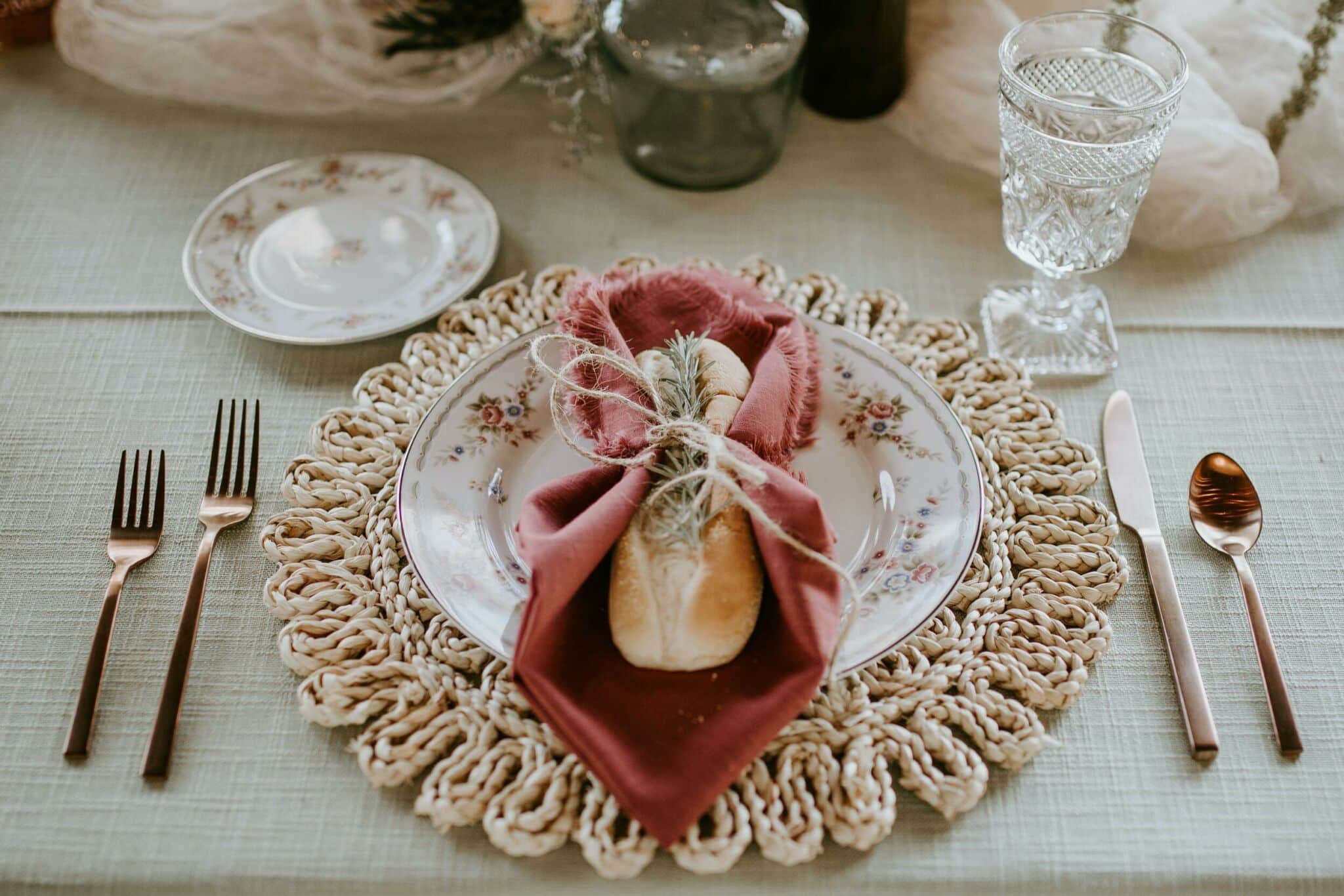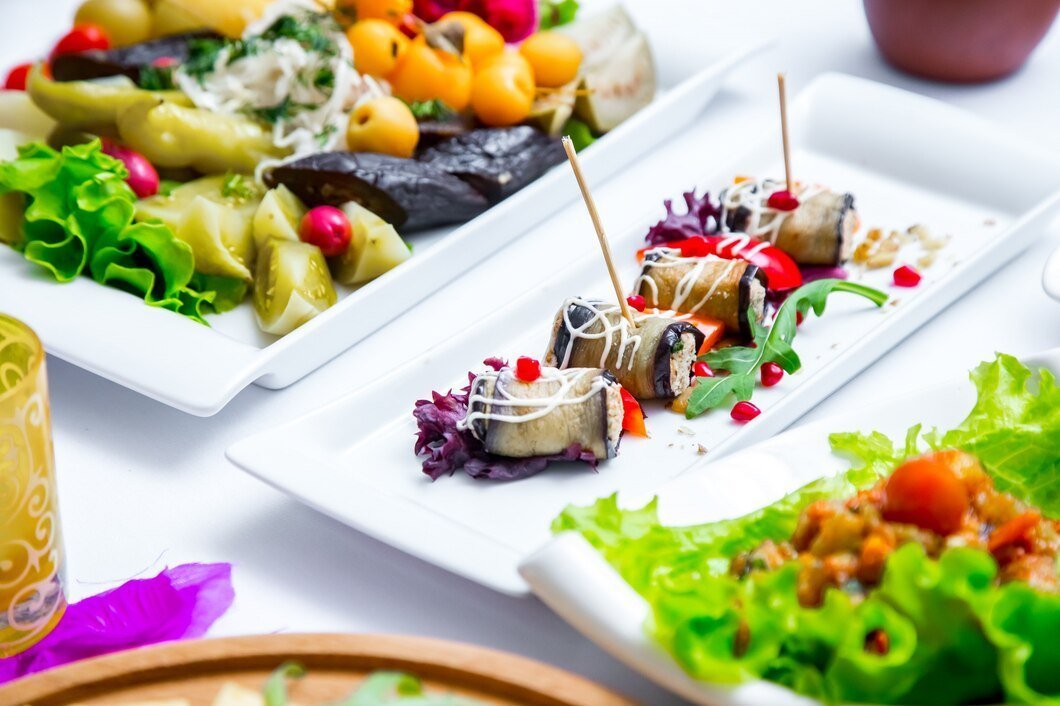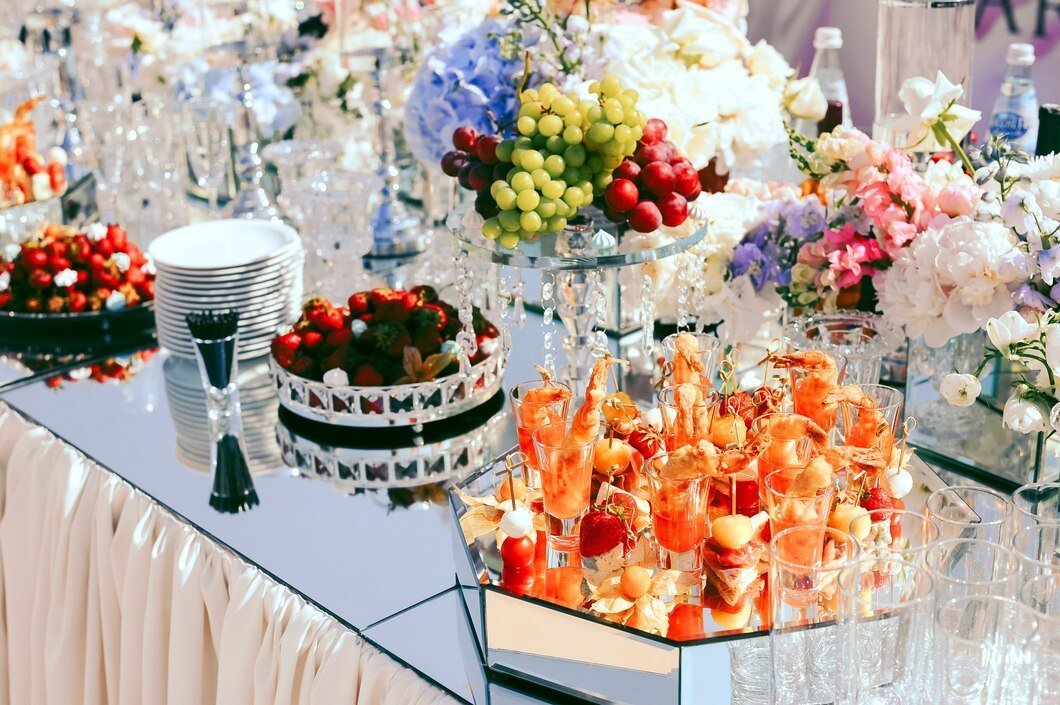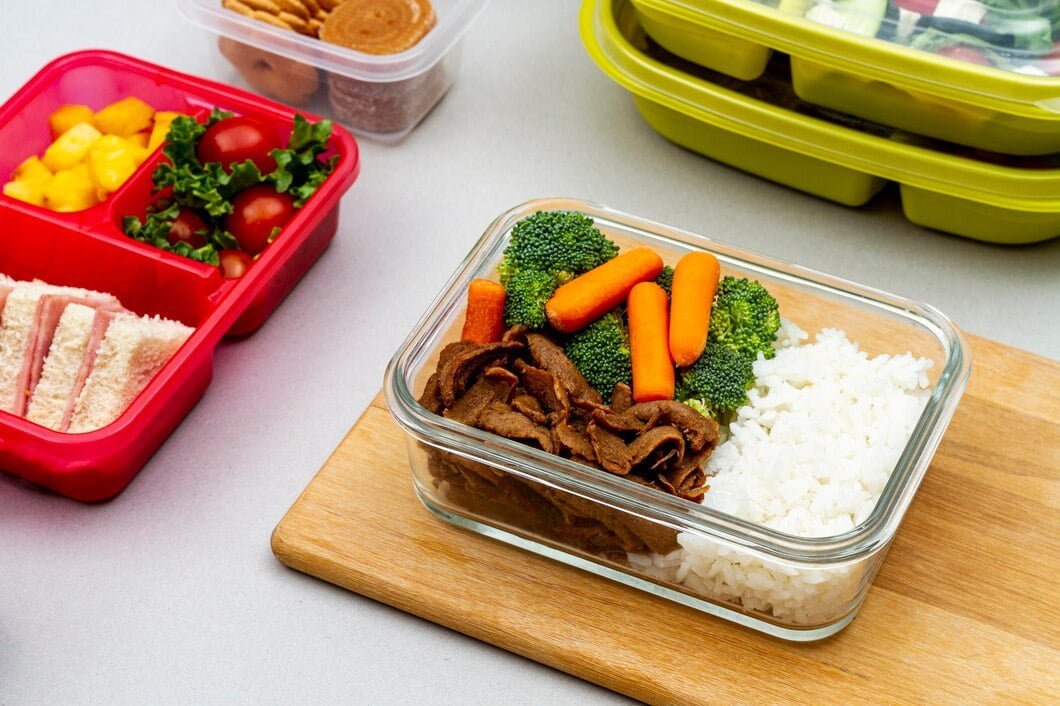Creative Plating Techniques: Elevate Your Catering Presentation
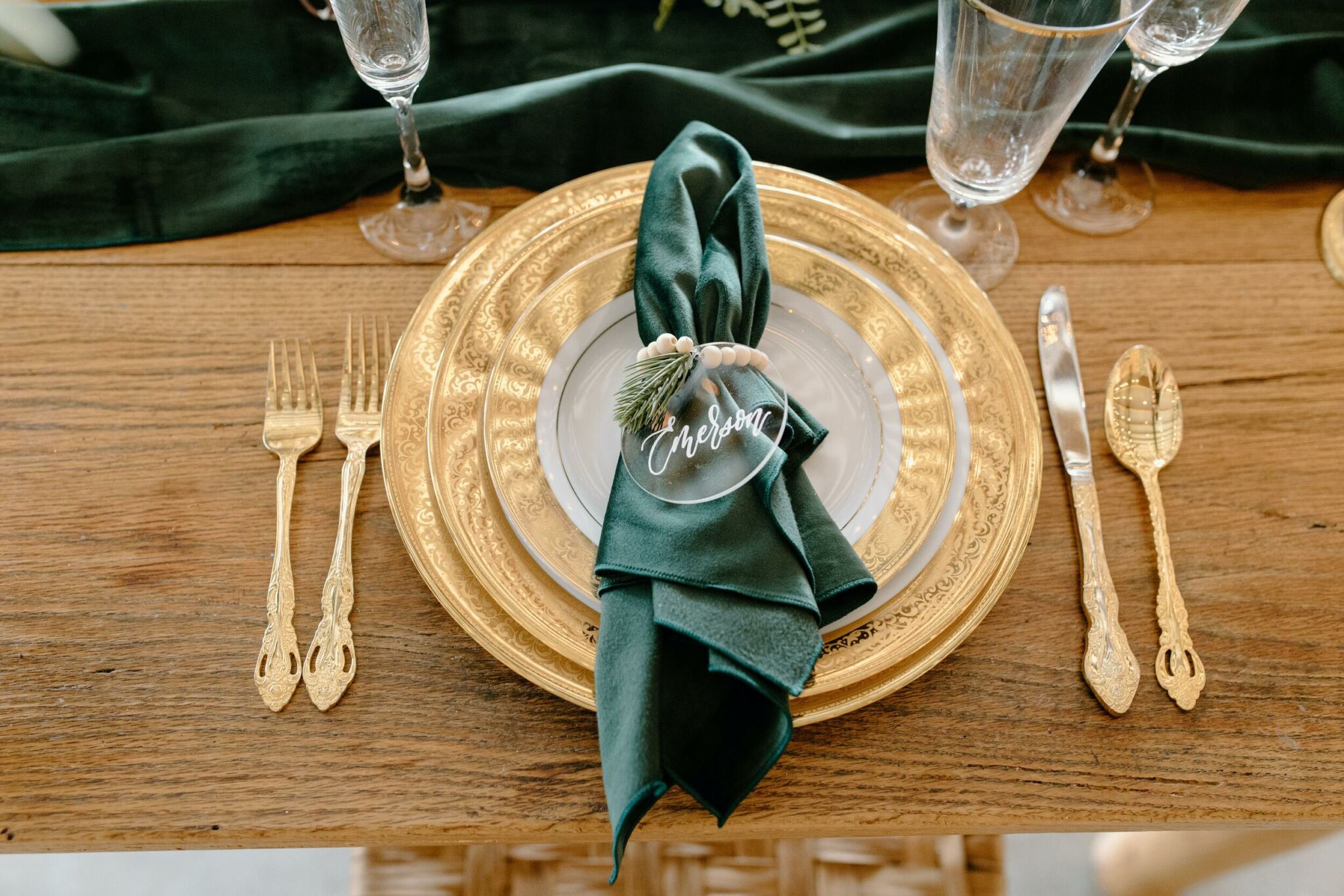
In the realm of gastronomy, where flavours dance and aromas tantalise, there exists an unsung hero – the art of presentation. It wields a remarkable power that transcends the boundaries of taste, challenging the essence of our culinary experience.
Beyond the savoury delights and culinary craftsmanship, it is how we showcase our creations that truly distinguishes the extraordinary from the mundane.
With that, we will explore the world of creative plating techniques, where every dish becomes a work of art. Whether you’re a seasoned caterer looking to up your game or someone planning a special event, mastering these techniques will leave a lasting impression on your guests.
The Importance of Presentation in Catering
When it comes to catering, it’s not just about the taste of the food; it’s also about the presentation. The way food is presented can make a significant impact on the overall dining experience.
1. First Impressions Matter
You’ve heard the saying, “You eat with your eyes first,” which couldn’t be truer in catering. The initial visual appeal of the food sets the tone for the entire meal. Whether it’s a wedding, corporate event, or birthday party, the presentation of the dishes creates anticipation and excitement among guests.
2. Enhances the Theme and Atmosphere
Presentation plays a crucial role in aligning the food with the theme and atmosphere of the event.
A well-presented buffet at a rustic barn wedding will differ greatly from the elegant plating at a black-tie gala. The food presentation helps create a cohesive and immersive experience for the guests.
3. Encourages Guests to Try New Things
A creative presentation can pique the curiosity of your guests and encourage them to try dishes they may not have otherwise considered. A beautifully garnished plate can make unfamiliar ingredients seem more approachable, promoting culinary exploration.
4. Shows Attention to Detail
A well-presented meal demonstrates the caterer’s attention to detail and commitment to excellence. It’s a reflection of their professionalism and dedication to providing a top-notch dining experience. Guests appreciate the effort put into every aspect of the meal.
The Fundamentals of Creative Plating
When it comes to culinary art, the presentation of a dish can be just as important as its taste. Creative plating, the art of arranging food in an aesthetically pleasing manner, is an essential skill for chefs and home cooks alike.
Choosing the right dinnerware and utensils
Before you start plating, think about the theme and mood you want to convey. The choice of dinnerware and utensils should complement and enhance your intended message. For example, rustic and earthy dishes may pair well with wooden or stoneware plates, while elegant and modern presentations might demand sleek and minimalist dinnerware.
The size of your plates matters. Choose the right size plate based on the portion size of your dish. A small plate can make a small portion appear more substantial, while a large plate can help distribute elements evenly across the canvas.
Consider rimmed plates for saucy dishes and flat plates for foods with intricate textures.
Balancing colours, textures, and shapes
Adhering to the rule of thirds can help you create balanced and visually appealing plates. Imagine your plate divided into three equal parts, both horizontally and vertically. Place your main dish or focal point at the intersections of these lines. This technique creates a harmonious composition that draws the eye.
Balance and contrast are key when it comes to colours on the plate. Use a colour wheel to help you choose complementary colours. For instance, if your main dish is red, consider adding green garnishes or accents to create a visually pleasing contrast. Additionally, think about the colour of your dinnerware and how it interacts with the food.
Experiment with shapes and negative space on your plate. Use the negative space to frame and highlight your main components.
Creating visually appealing focal points
Every plate should have a star – the hero of the dish. Whether it’s a beautifully seared steak, a colourful vegetable medley, or a delicate dessert, make sure it takes centre stage. Arrange other elements around it to support and enhance its appeal.
Garnishes should be more than just an afterthought. Use fresh herbs, edible flowers, or microgreens to add colour, flavour, and texture to your dishes. They can provide the finishing touches that elevate your plate into a work of art.
Plating Styles and Techniques
Classic Plating
Classic plating is like a timeless piece of art. It’s all about balance, harmony, and tradition. Here are some key elements of classic plating:
- Symmetry and Balance: Classic plating often employs a symmetrical arrangement of food items on the plate. The goal is to create a sense of order and balance, making the dish visually pleasing.
- Sauces and Garnishes: Classic plating uses sauces and garnishes strategically. Sauces are drizzled or spooned onto the plate artistically, and garnishes like herbs or edible flowers are used sparingly to add colour and freshness.
- Elevated Stacking: You might notice food items stacked neatly, such as a tower of perfectly sliced potatoes or a vertical arrangement of asparagus spears. This adds height and dimension to the plate.
- Colour Coordination: Classic plating pays close attention to the colours of food components. The arrangement aims to create a harmonious colour palette on the plate.
- Rim Framing: Many classic platings use the outer rim of the plate as a frame, leaving the centre relatively empty to draw attention to the main ingredients.
Modern Minimalism
In contrast to classic plating, modern minimalism embraces simplicity, allowing the ingredients to shine. Here are some defining features of this plating style:
- Negative Space: Modern minimalism often leaves more negative space on the plate, allowing the diner to appreciate each element without distractions.
- Geometric Shapes: Food components are often arranged in geometric shapes, like circles or lines, creating a visually appealing and organised presentation.
- Artful Asymmetry: Modern minimalism embraces asymmetry, while classic plating is symmetrical. Food items may be arranged in an artistic, organic fashion, emphasising their natural shapes.
- Precision and Clarity: Each ingredient is meticulously placed, and the plating is precise, allowing the colours and textures of the ingredients to stand out.
- Monochromatic or Limited Colour Palette: Modern minimalism often employs a limited colour palette or even monochromatic schemes, making the plate look clean and visually striking.
Rustic Elegance
Rustic elegance combines the charm of traditional, rustic plating with an elegant twist. It’s about celebrating the beauty of imperfect, natural elements. Here’s what characterises this style:
- Natural Materials: Rustic elegance often uses wooden boards, stone slabs, or ceramic plates to present the food.
- Imperfection: The plating style embraces the imperfections of handcrafted dishes and uneven cuts of food, giving it a rustic, homely feel.
- Farm-to-Table Aesthetic: Ingredients are often locally sourced and presented with a farm-to-table vibe, connecting the land and the season.
- Family-Style Sharing: This plating style encourages sharing and communal dining, where dishes are placed at the centre of the table for everyone to enjoy.
- Wholesome Garnishes: Rustic elegance uses garnishes like fresh herbs, edible flowers, and coarse sea salt to enhance the rustic, natural appeal of the plate.
Elevate Your Catering with Creative Plating Techniques
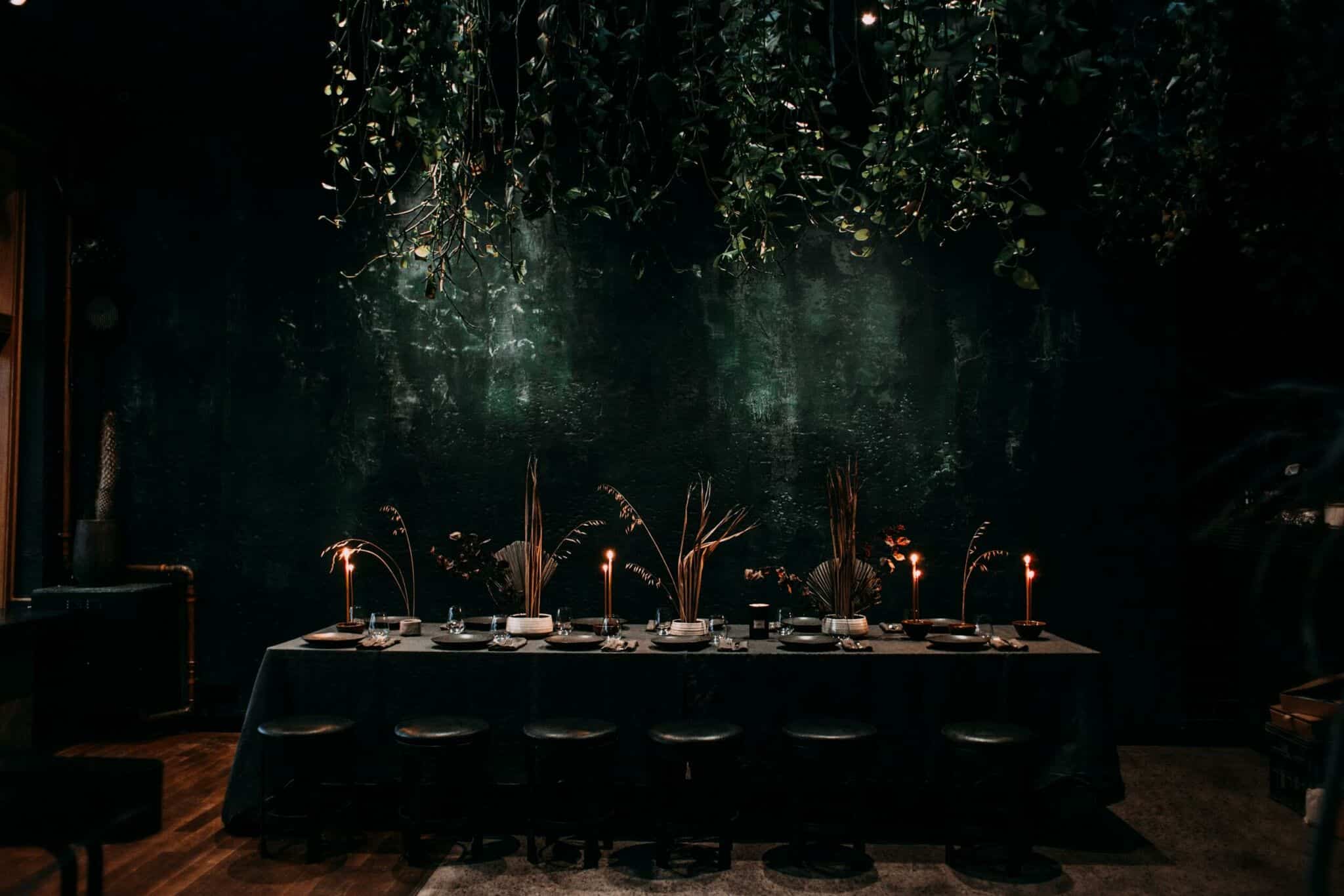
Creative plating techniques not only enhance the visual appeal of your dishes but also create a multisensory experience that delights and surprises your guests. By mastering the principles of balance, colour, texture, and storytelling through plating, you can transform even the simplest of meals into a culinary masterpiece.
So, as you embark on your catering journey or continue to refine your skills, remember that how you present your food is just as important as how it tastes. With these techniques, you can turn every event into an unforgettable feast for the senses.
Elevate your catering, captivate your audience, and leave a lasting impression with the art of creative plating!

